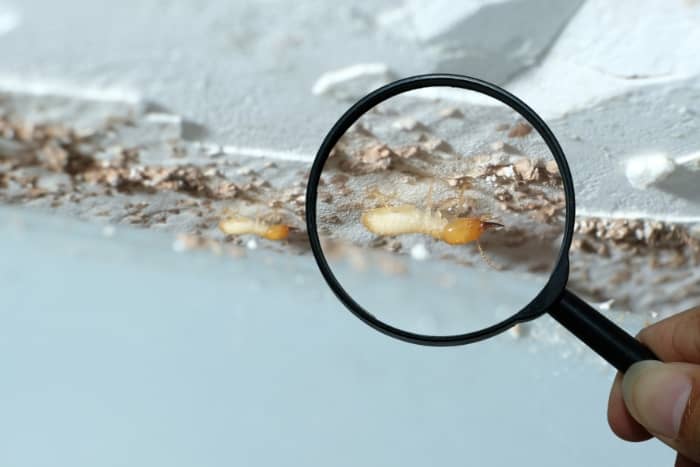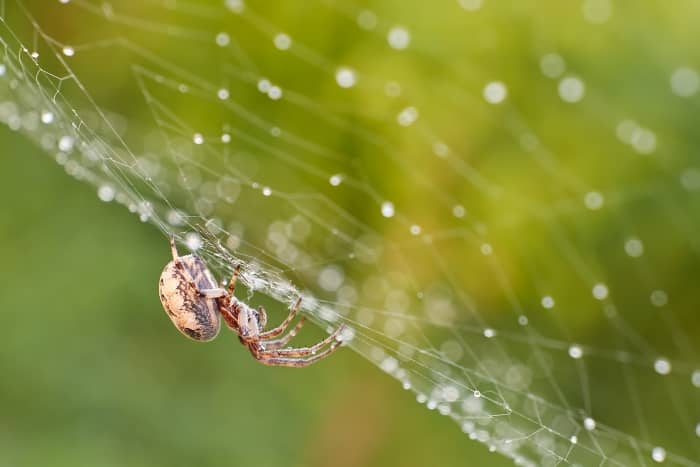Termites are a serious problem that can cause extensive damage to your home if left untreated. In fact, according to the National Pest Management...


Termites are a serious problem that can cause extensive damage to your home if left untreated. In fact, according to the National Pest Management...

When it comes to effective pest control, spider infestations can be particularly challenging. These eight-legged creatures can quickly take over a...

Scorpions, with their menacing appearance and venomous stings, strike fear in the hearts of many homeowners. These arachnids are resilient creatures...

Spiders can become a living nightmare for homeowners—especially when you or your family have arachnophobia. These pests are especially problematic...

"For every roach you see, there are a hundred more in hiding." While the exact number of cockroaches you don't see may vary, the adage has some...

Do I need termite treatment? Termite infestation has long troubled homeowners for generations. In 1960, the US Government first published a Termite...

What is a Carpenter Ant? A carpenter ant is a specific type of ant characterized by its nest characteristics. They build their nest through...

"Goodnight! Sleep tight! Don't let the bedbugs bite!" This phrase might be cute and fun to say, but when 1 out of 5 Americans experience or...
Turf type Recommended mowing height (in.) 1 Bermudagrass (common or hybrid) 0.75–2” Bahiagrass 2–4", Centipedegrass 1–1.5” St. Augustinegrass 2.5-4” and Zoysiagrass 0.75–2 3”.